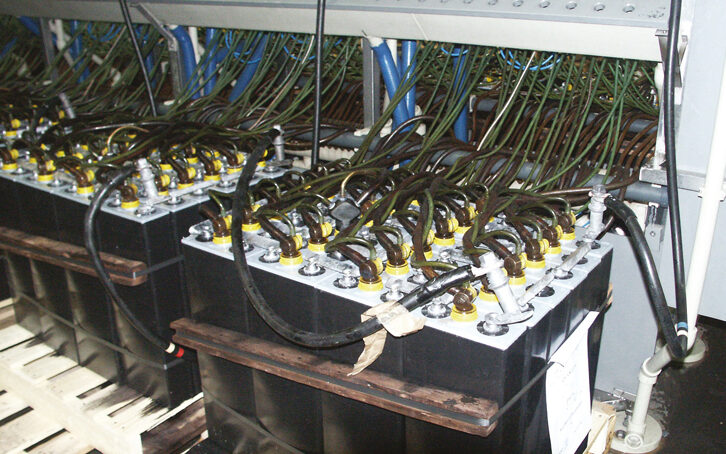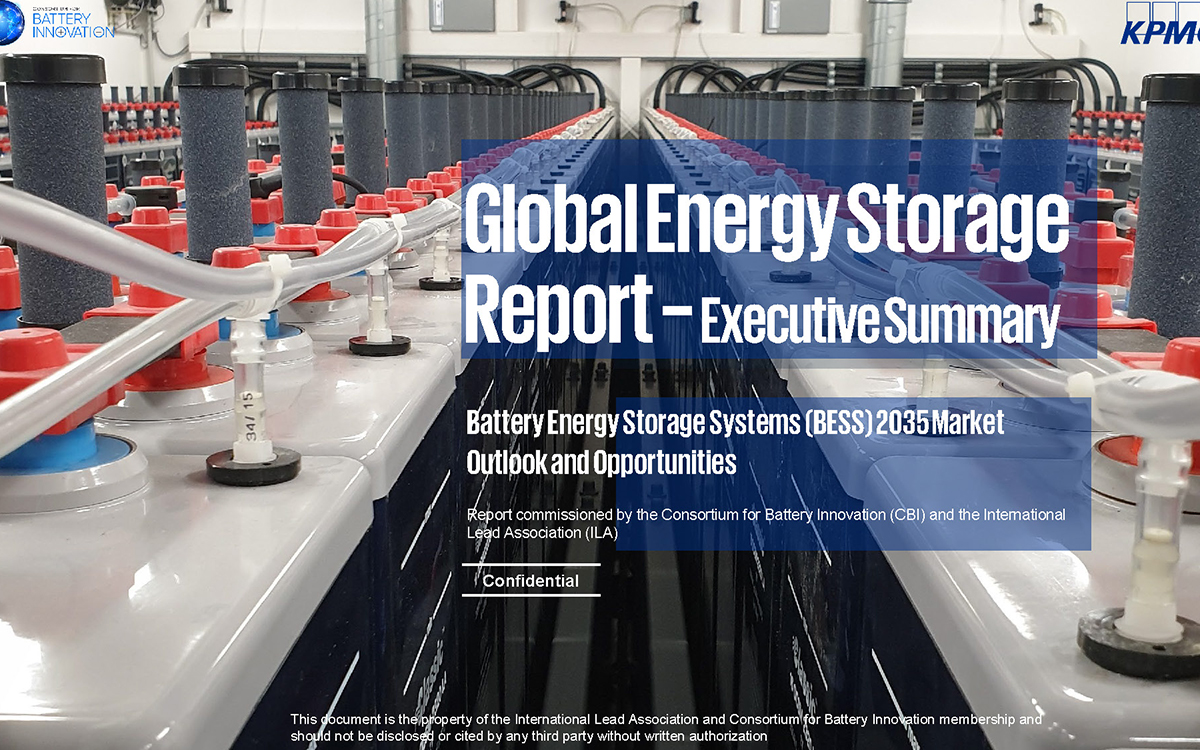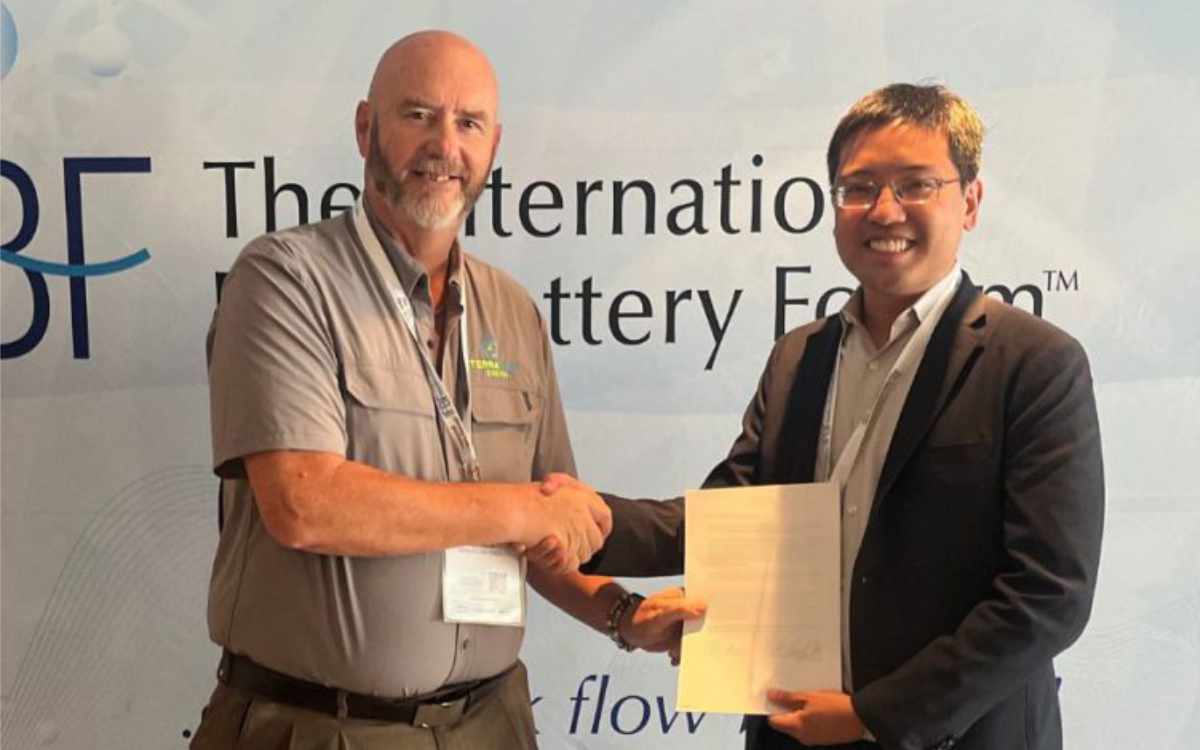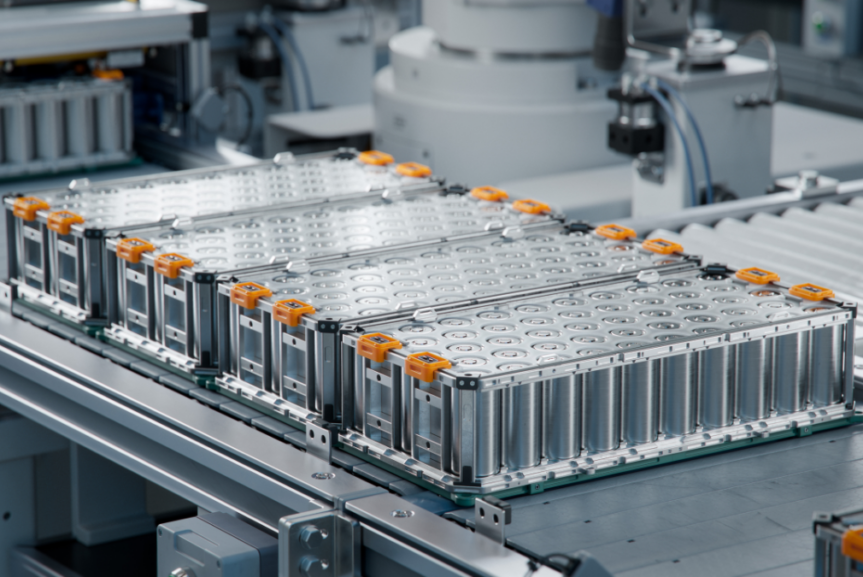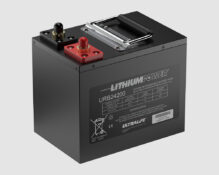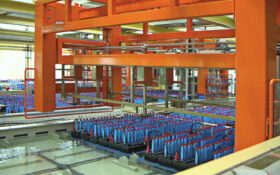The Editor pays a fleeting visit to Northern Italy on a cut-price airline to see traction cells forming in a fraction of the expected time.
Some of BEST's readers will remember a site visit I made in the old days to a well-known traction battery plant in Poland. My minders took me into their formation room and showed me their secret weapon – a formation system that cut the process time in half, saved energy and manpower, and reduced enormously the number of faulty cells being formed. But they wouldn't let me take any . . .
to continue reading this article...
Sign up to any Premium subscription to continue reading
To read this article, and get access to all the Premium content on bestmag.co.uk, sign up for a Premium subscription.
view subscription optionsAlready Subscribed? Log In

